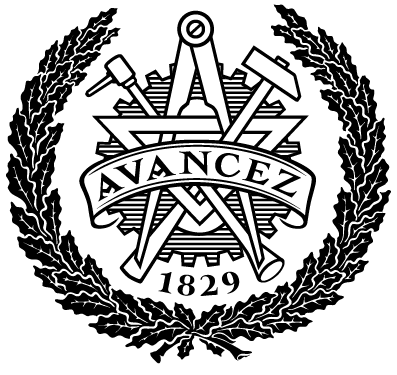Copper ions Removal Mechanism Using Iron Oxide Coated Low Expanded Clay Aggregates (LECA)
Publicerad
Författare
Typ
Examensarbete för masterexamen
Master Thesis
Master Thesis
Program
Modellbyggare
Tidskriftstitel
ISSN
Volymtitel
Utgivare
Sammanfattning
The continous contamination of water with heavy metals poses a serious threat to our environment. It is therefore necessary to synthesize an efficient, inexpensive, non-toxic, easy-to-handle and readily available adsorbent. In this study, Iron oxide-coated Low Expanded Clay Aggregates (Fe-LECA) was used as a new adsorbent to remove copper ions from water. The choice of LECA in this experiment is preferred because of its high efficiency, it is inexpensive, it is non-toxic, it is easy to handle and it is readily available. The overall cost of this process is quite low compared with adsorption by activated carbon and other adsorbents. Column adsorption experiments were performed to study the adsorption mechanism of the adsorbent under the influence of varied pH, electrolyte, and sorbent mass. The result obtained shows 74% of Cu ions adsorbed after 24 hours. The Cu ions adsorption curve obtained shows a similar adsorption mechanism with the Langmuir Isotherm. OH- group was found to increase the number of negatively charged sites, enlarging the attraction force between the Cu ions and Fe-LECA surface and therefore increasing the amount of Cu ions adsorbed on Fe-LECA.
Beskrivning
Ämne/nyckelord
Samhällsbyggnadsteknik, Civil Engineering
